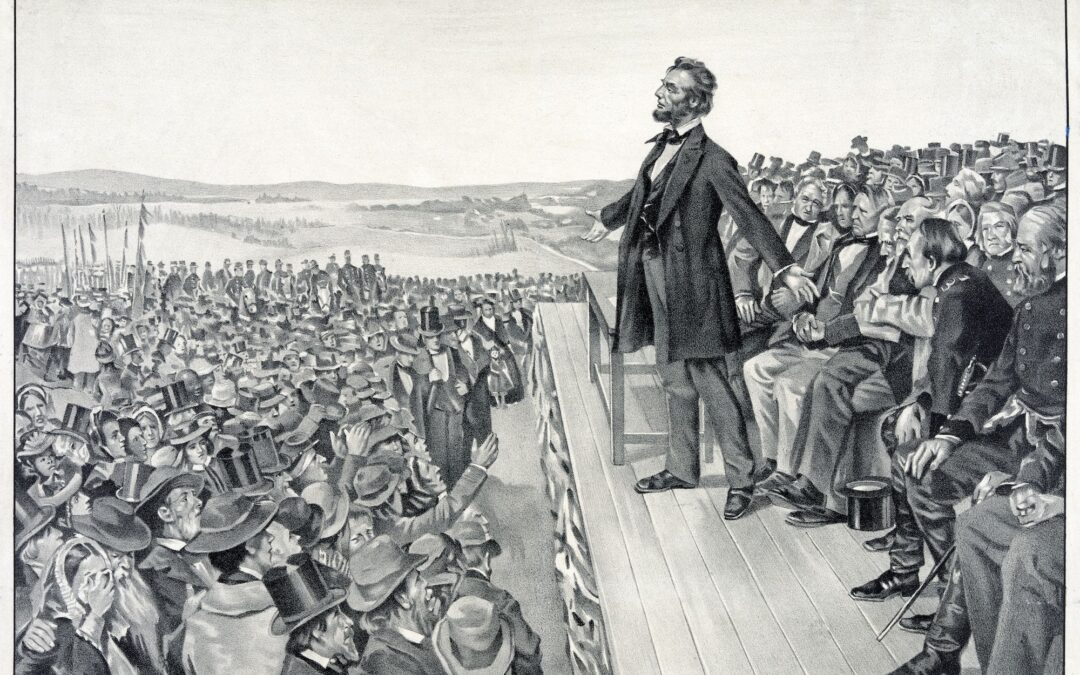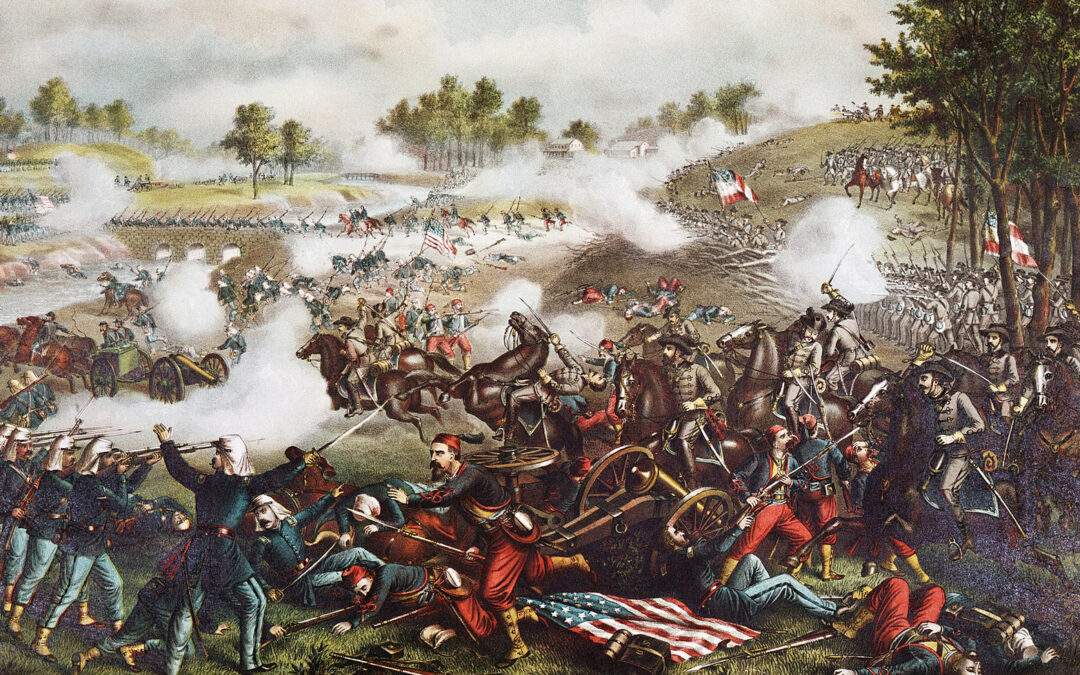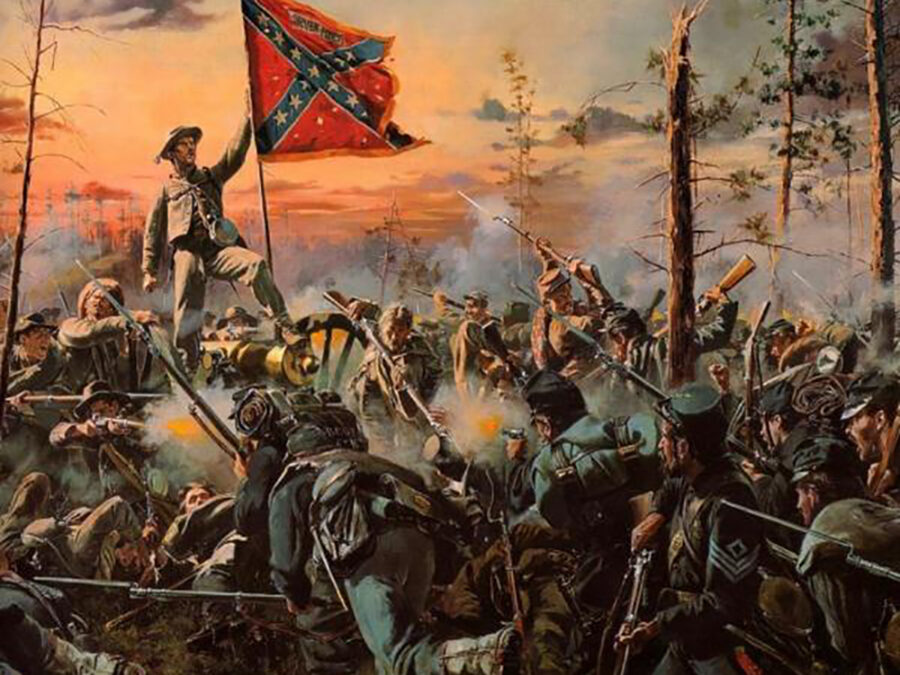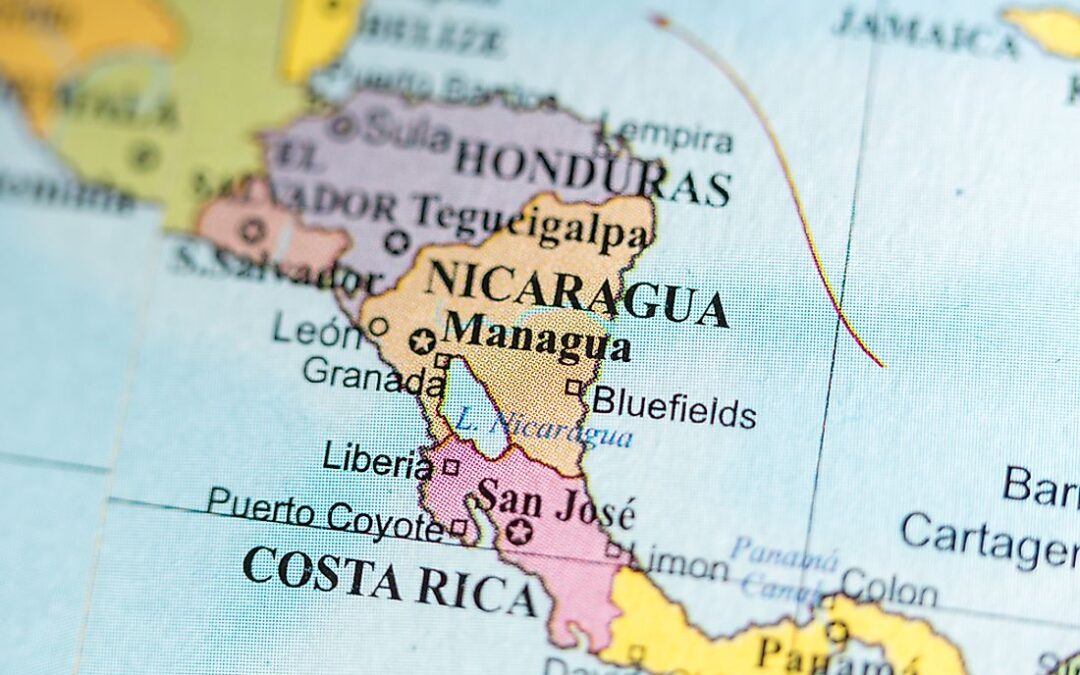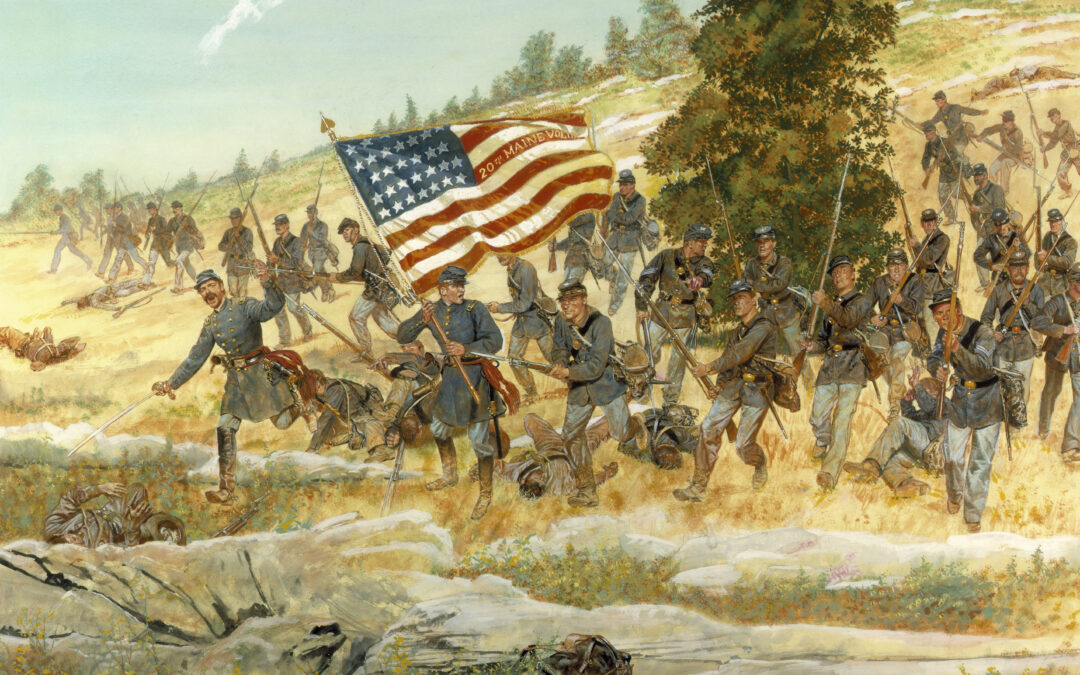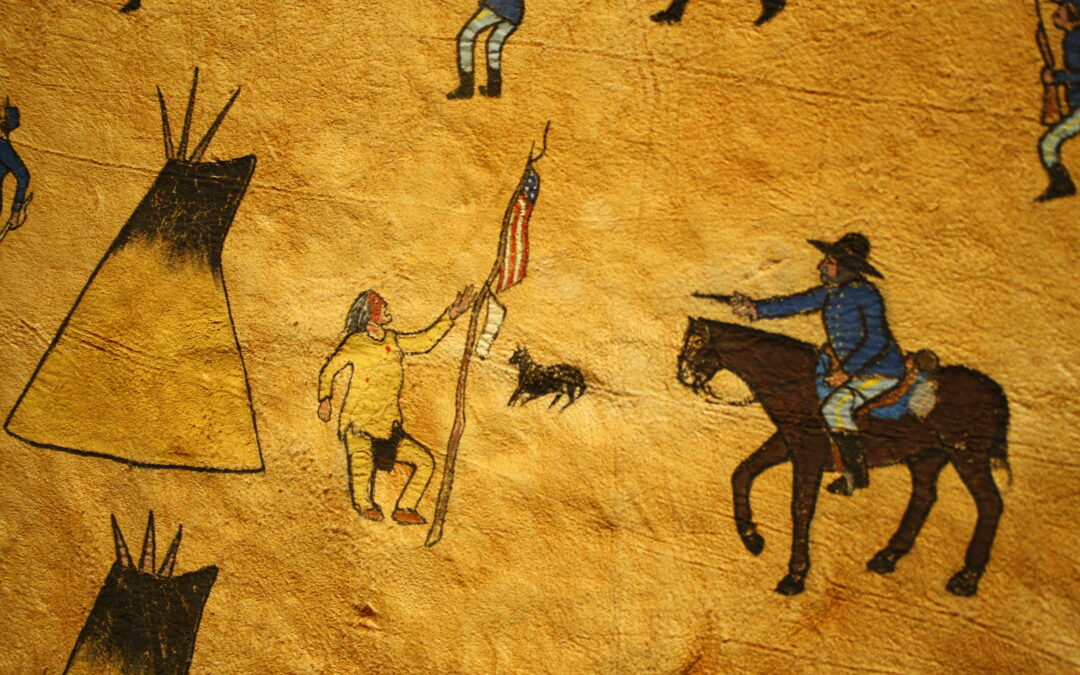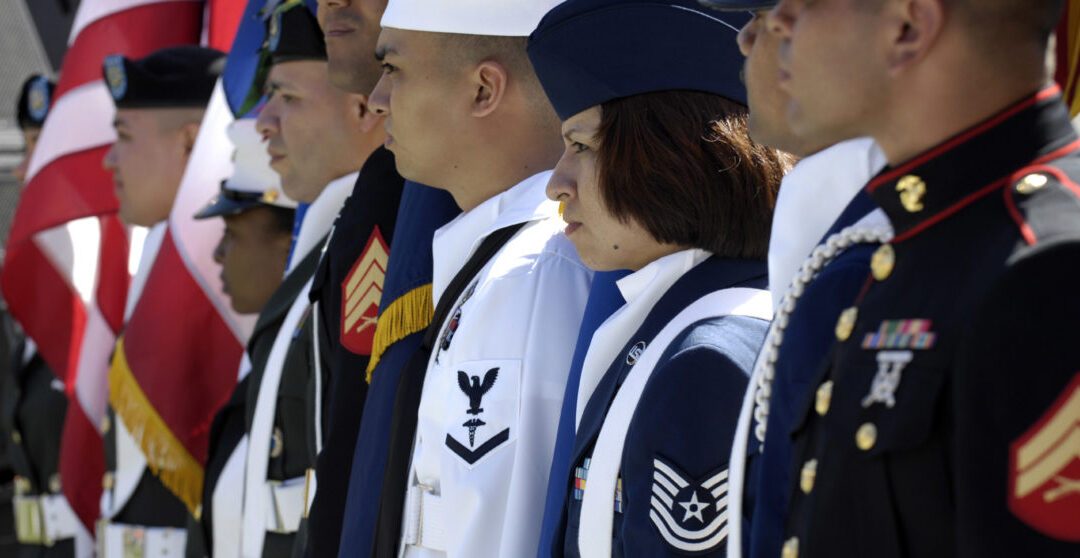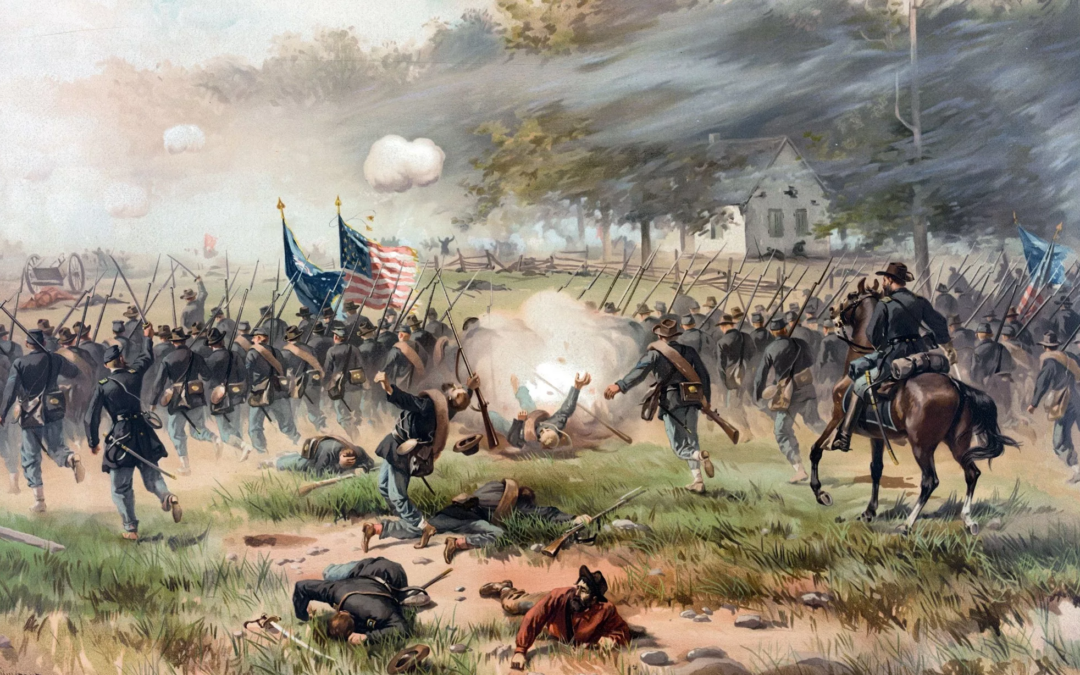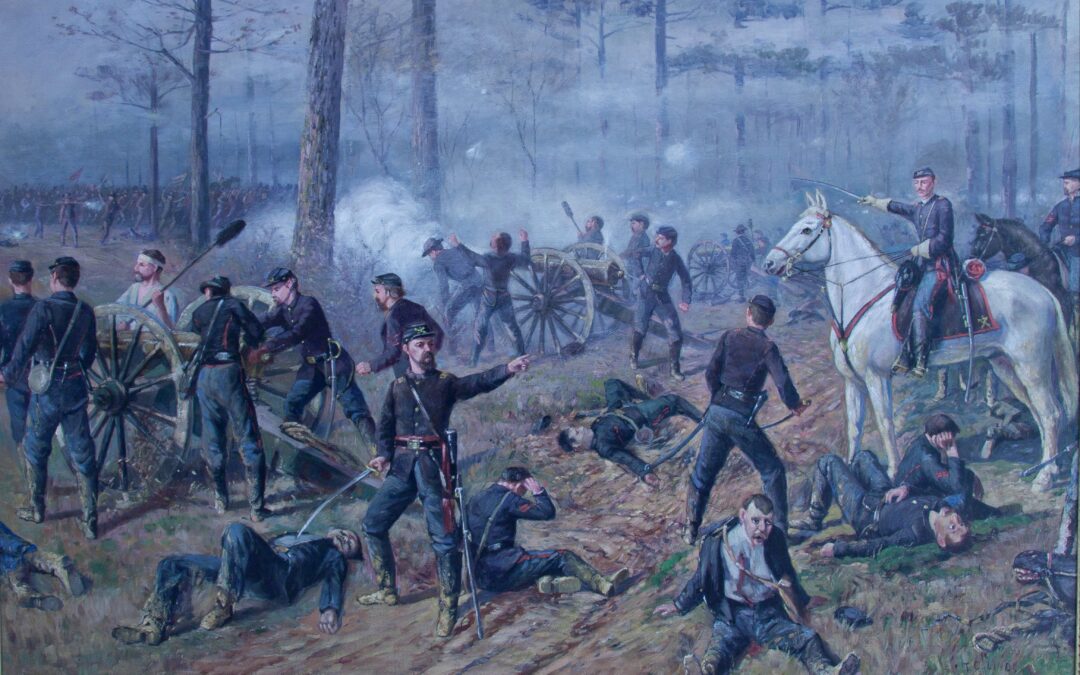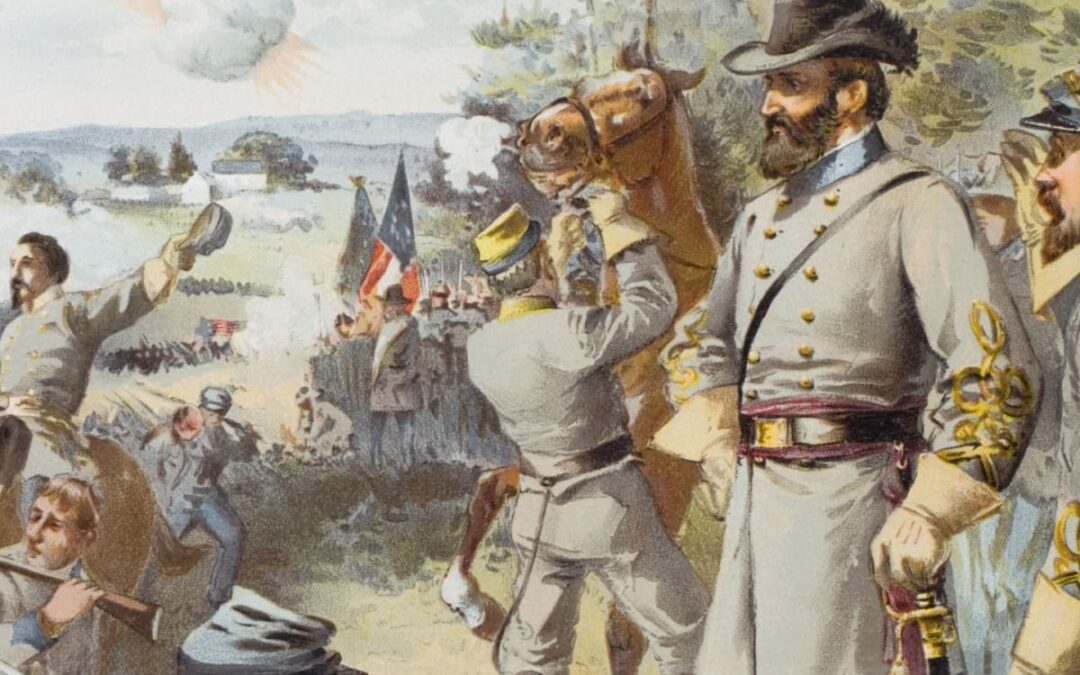It's not difficult to realize the benefit of slinging more lead at the enemy. Whether it's more lead than they're shooting at you, or just more in general, a high rate of fire is necessary for inflicting more damage and keeping the enemy in check. Napoleon, Oda Nobunaga, and Gustavus Adolphus were just a few of the legendary military minds who advocated for more bullets faster. When the Industrial Revolution began to affect war and combat, it led to a slew of new developments on the battlefield. How weapons were loaded, how they fired, and, eventually, what they fired, were all transformed. The developments led to breechloading weapons, rifled barrels, and cartridges. It wouldn't be long before someone figured out how to industrialize the entire rifle. Gatling Gun Emerges from an Inventor’s Unusual Motivations That was Richard Jordan Gatling's creation: A miracle weapon cranked by a lone gunner, mowing down ranks and changing the battlefield overnight. It makes for...

